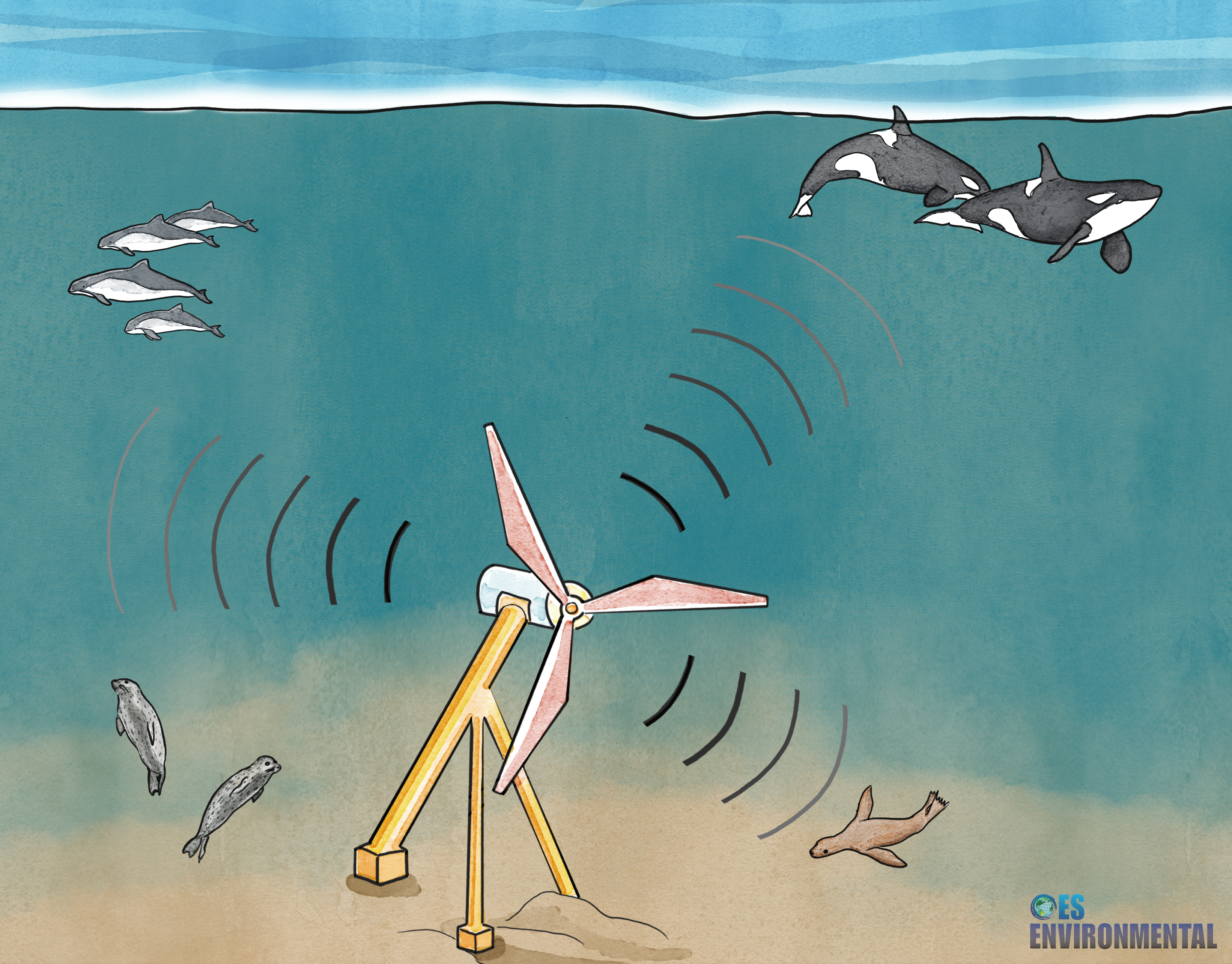Abstract
The guidance documents are intended to be available for regulators and advisors as they carry out their decision-making and for developers and consultants as they prepare consenting and licensing applications. This stressor-specific document presents an overview of the scientific information that is known for underwater noise. It is not intended to replace any regulatory requirements or prescribe action for a particular risk. This document is intended to be read in conjunction with the background document.
Animals in the marine environment rely on sound for communication, social interaction, orientation and navigation, foraging, and evasion. Ambient underwater sound conditions are made up of animal vocalizations and other behavior, tidal currents and waves, and wind and other weather conditions. Anthropogenic sources, such as shipping, boating, and other industrial activities, also contribute to underwater noise in the marine environment.

The evidence base to date suggests that the impacts of underwater noise from small-scale MRE developments are limited. Underwater noise measurements from operational MRE devices show that noise levels generally fall below those likely to cause injury or harm to marine mammals and fish and observed in situ behavioral change is unlikely to be attributed solely to radiated noise. To date there is no evidence that operational MRE device noise physically or behaviorally harms marine animals. Overall, the scientific community has reached a general consensus that underwater noise from operational devices within small-scale MRE developments does not pose a risk to marine animals.
Check out the links within the stressor-specific guidance document for noise for additional tools, resources and information.
